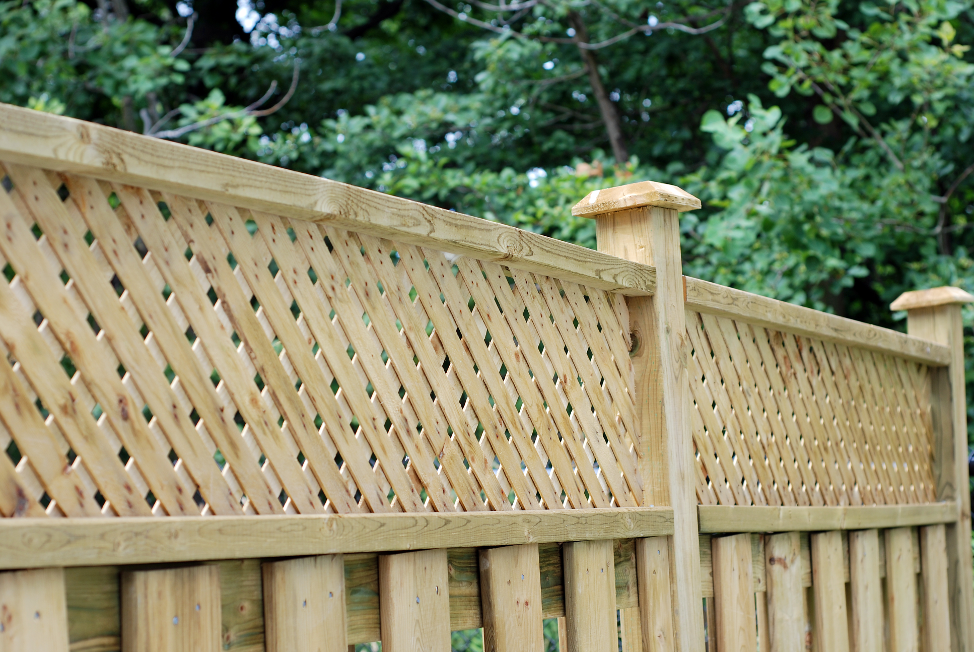All Categories
Featured

Unlike timber fencings, plastic doesn't require to be repainted or tarnished frequently, however it still needs regular cleaning to keep its clean, fresh look. Dirt, debris, and ecological factors can impact the surface area, making it necessary to make use of the ideal cleansing techniques to maintain your plastic fence looking its best.
- Begin with Normal Sweeping or Dusting. Regular maintenance is crucial to protect against dust and particles from building up on your vinyl fence. Using a broom with soft bristles, carefully sweep throughout the surface of your fencing to eliminate any kind of loose dirt.
- Make Use Of a Light Soap and Water Service for General Cleansing. For normal cleaning, a light soap and water option is typically all you require to remove light dust and spots. Stay clear of severe chemicals, as they can damage the vinyl surface. Right here's how to cleanse your fencing properly:

Action 1: Mix a remedy of warm water and a percentage of mild recipe soap in a pail. Aim for around 1/4 mug of soap for each gallon of water. Action 2: Utilize a soft towel, sponge, or non-abrasive brush to use the soap solution to the surface area of your fencing. Step 3: Carefully scrub the surface area to get rid of any kind of dust, grime, or spots. Make sure to cleanse both sides of the fencing for a detailed task. Tip 4: Wash the fencing completely with a yard tube to get rid of any type of soap deposit. This method is excellent for regular cleansing and helps keep the clean, brilliant appearance of your plastic fencing.
- Power Washing for Tougher Discolorations. If your fence has accumulated even more persistent dust, algae, or mold, a power washer can help to recover its appearance. Power washing is a reliable and fast technique, yet it is essential to use the appropriate technique to stay clear of harming the vinyl. When using a power washing machine:, adhere to these steps.
Action 1: Establish the power washer to a low-pressure setting (about 1,500 to 2,000 psi) High-pressure water can harm vinyl, so it's important to keep the pressure reduced. Step 2: Hold the nozzle regarding 2 feet far from the surface of the fencing. Goal to spray from the top of the fencing downward, functioning your way across and down. Step 3: Keep the nozzle relocating in a sweeping motion to prevent focusing stress on one place. Step 4: Wash completely, making sure that all water and debris are eliminated. This technique is excellent for large locations or fences that haven't been cleansed in a while.
- Tackling Mold and Mold. In shaded or wet locations, plastic fencings can often develop mold and mildew or mildew growth. To remove mold and mildew and mildew, make use of a mild cleansing remedy made from either white vinegar or bleach.
Step 1: For vinegar, mix one mug of white vinegar with a gallon of water. Additionally, for a bleach option, mix 1/4 cup of bleach with a gallon of water. Step 2: Use the option directly to the impacted areas using a sponge or soft cloth. Action 3: Let the remedy sit for about 10 minutes to break down the mold and mildew or mildew. Tip 4: Carefully scrub the area with a soft brush to get rid of the growth. Tip 5: Wash the fence thoroughly with water to eliminate any residue. Always be mindful when utilizing bleach, as it can stain surfaces and various other materials around the fence. If the mold and mildew problem continues, you may require to duplicate the cleaning or consult an expert.
- Use Vinyl-Specific Cleanser for Heavy-Duty Jobs. If your fencing is greatly stained or you're managing tough build-up like grease or tar, consider making use of a vinyl-specific cleaner. These cleaners are developed to be secure on vinyl while properly getting rid of stains. Make sure to adhere to the product's instructions thoroughly and check it on a little location prior to applying it to the entire fence.
- Protecting Against Future Dirt Build-Up. While cleaning your vinyl fencing is necessary, you can additionally take actions to reduce the quantity of cleaning called for. Below are some avoidance tips:
Trim vegetation: Keep trees and shrubs away from your fencing. Disordered vegetation can catch wetness versus the fence, promoting mold and mold growth. Seal any kind of cracks or spaces: Inspect your fencing regularly for fractures or gaps that can allow dust or water in. Securing these locations can stop debris from accumulating and making cleansing much easier. Set up a safety coating: Some homeowners use a vinyl-safe protective finish to assist protect against dust and spots from sticking to the surface area. 7. Hiring an Expert Cleaning Company. If you prefer to leave the cleansing to the professionals, several professional cleansing solutions specialize in exterior cleaning, including plastic fences. They have the best equipment and expertise to securely and properly tidy your fencing, making sure that it keeps its look without causing damages.
Final thought. Cleaning up a plastic fencing does not need to be complicated. By following these ideal practices, you can keep your fencing looking excellent for years ahead. Regular sweeping, periodic power cleaning, and timely mold and mildew removal are basic steps that can make a huge difference in your fence's look. With a little maintenance, your plastic fencing will proceed to improve your building's aesthetic allure and give enduring resilience.
Latest Posts
Elevate Your Brand Name with Specialist Video Clip Production
Published May 02, 25
1 min read
The Future-Proof Approach to Advertising
Published May 02, 25
1 min read
Treat Shack at Huck's Harbor: A Tasty Retreat by the Water
Published May 02, 25
1 min read